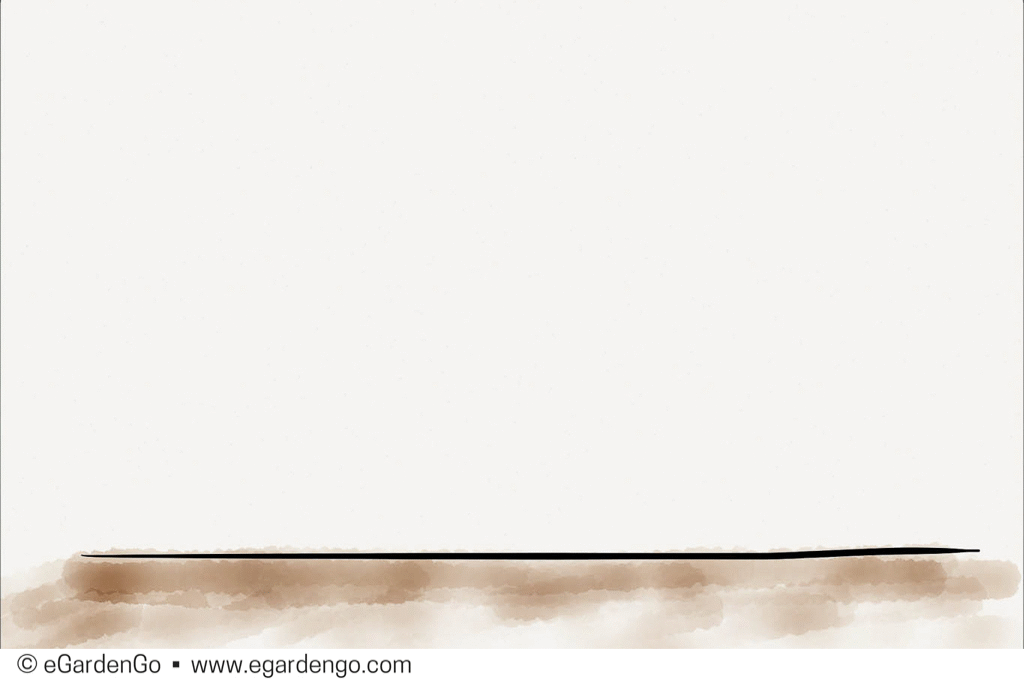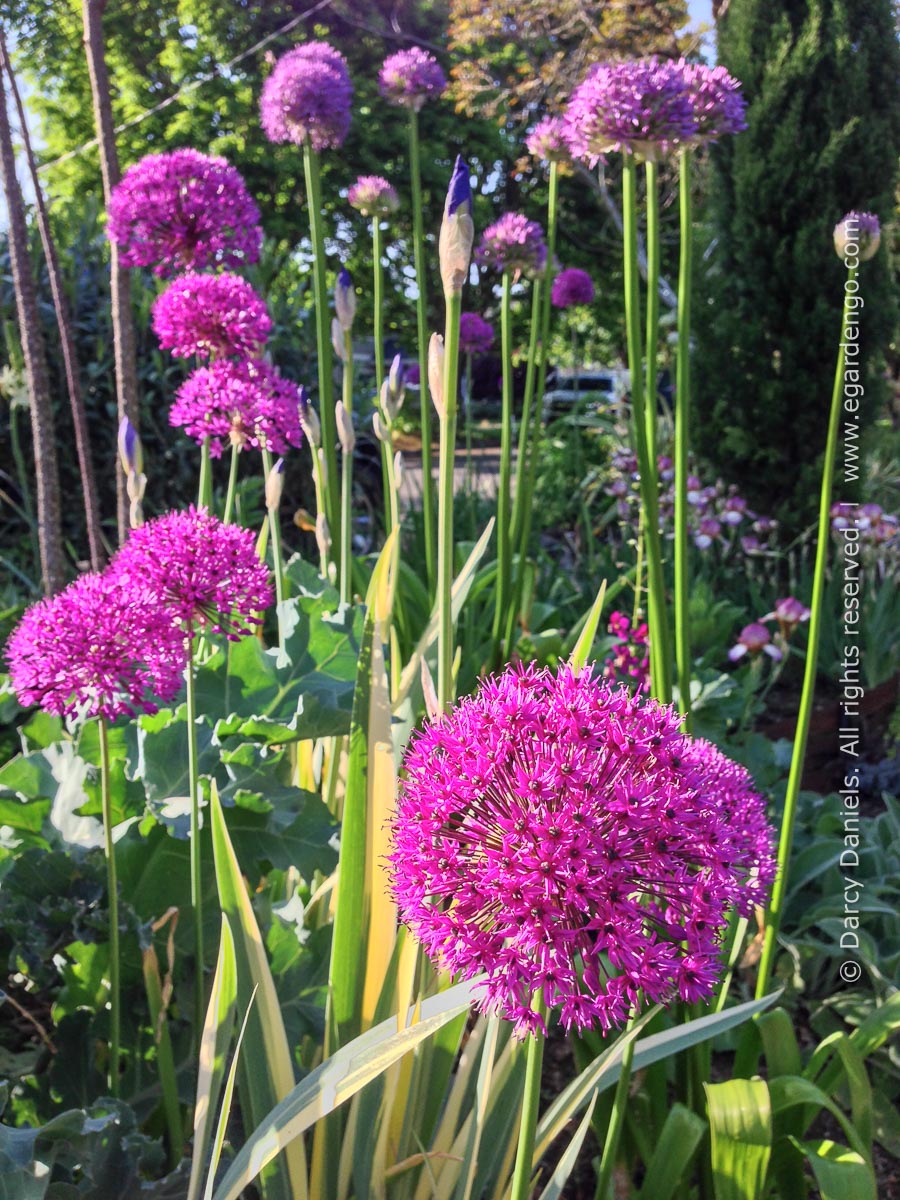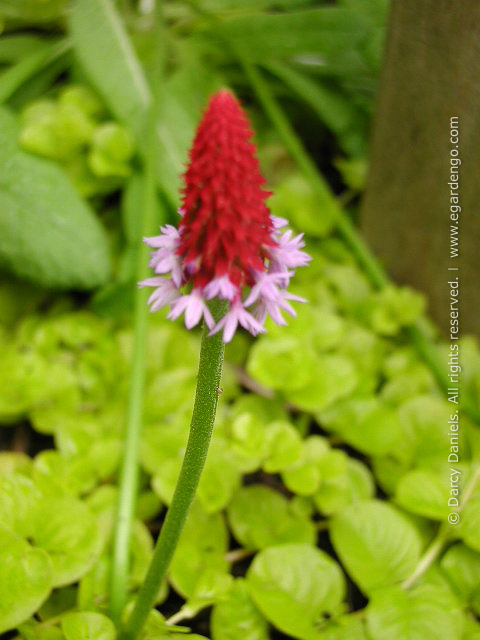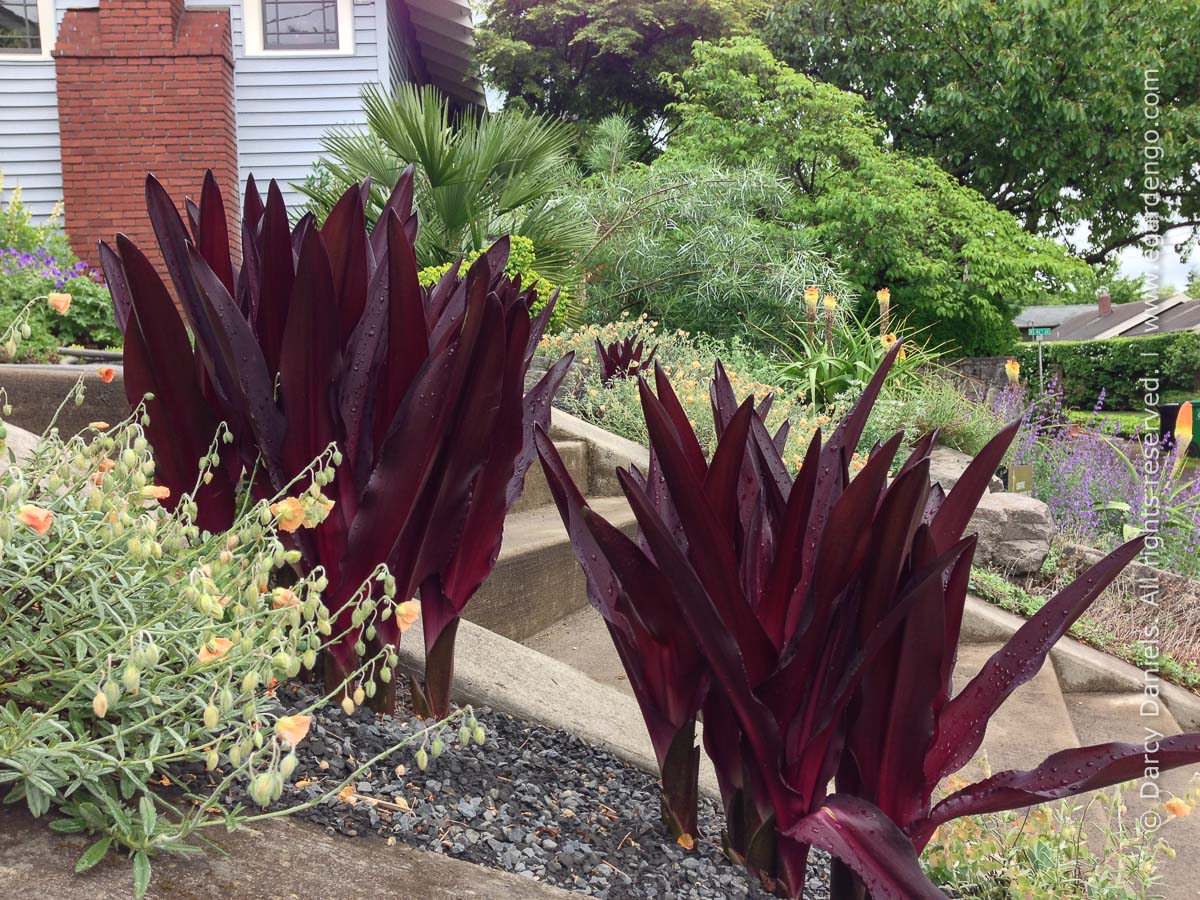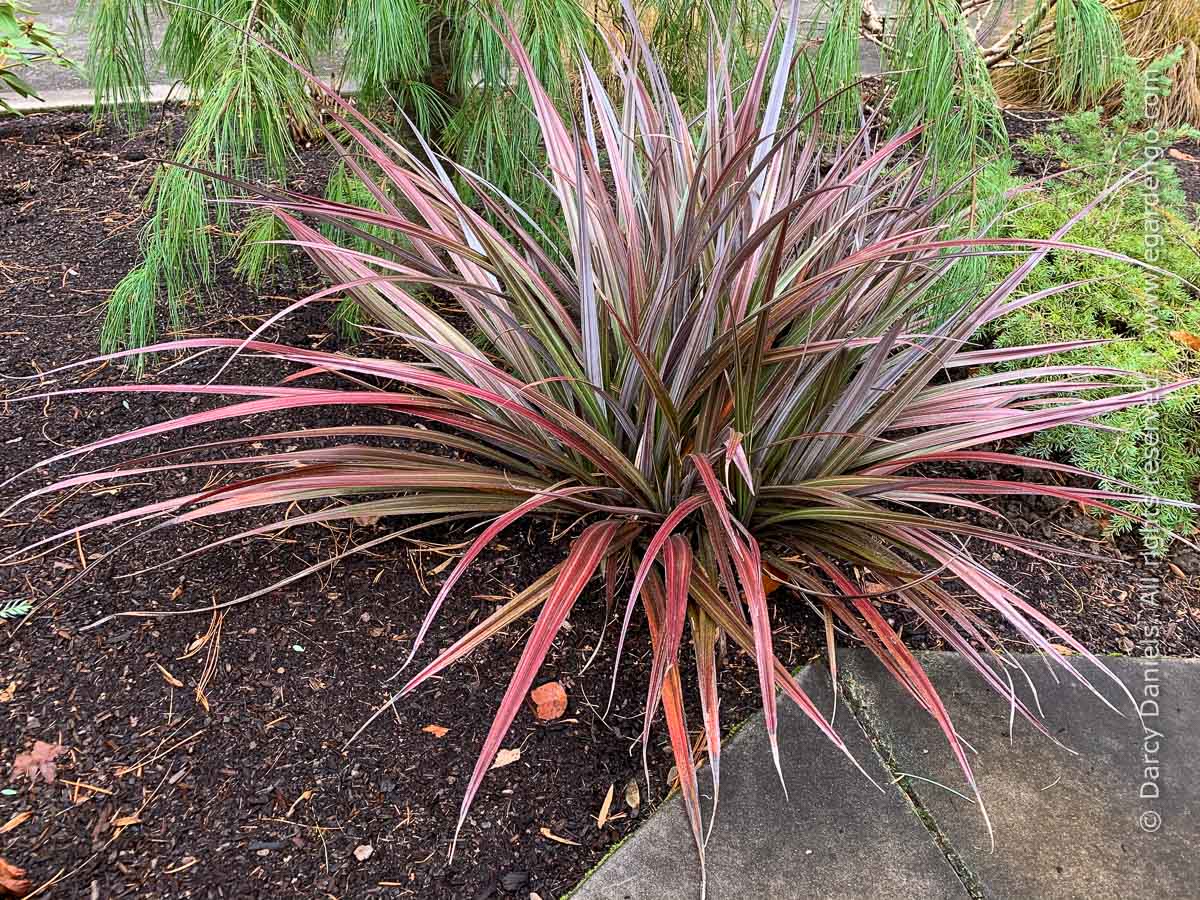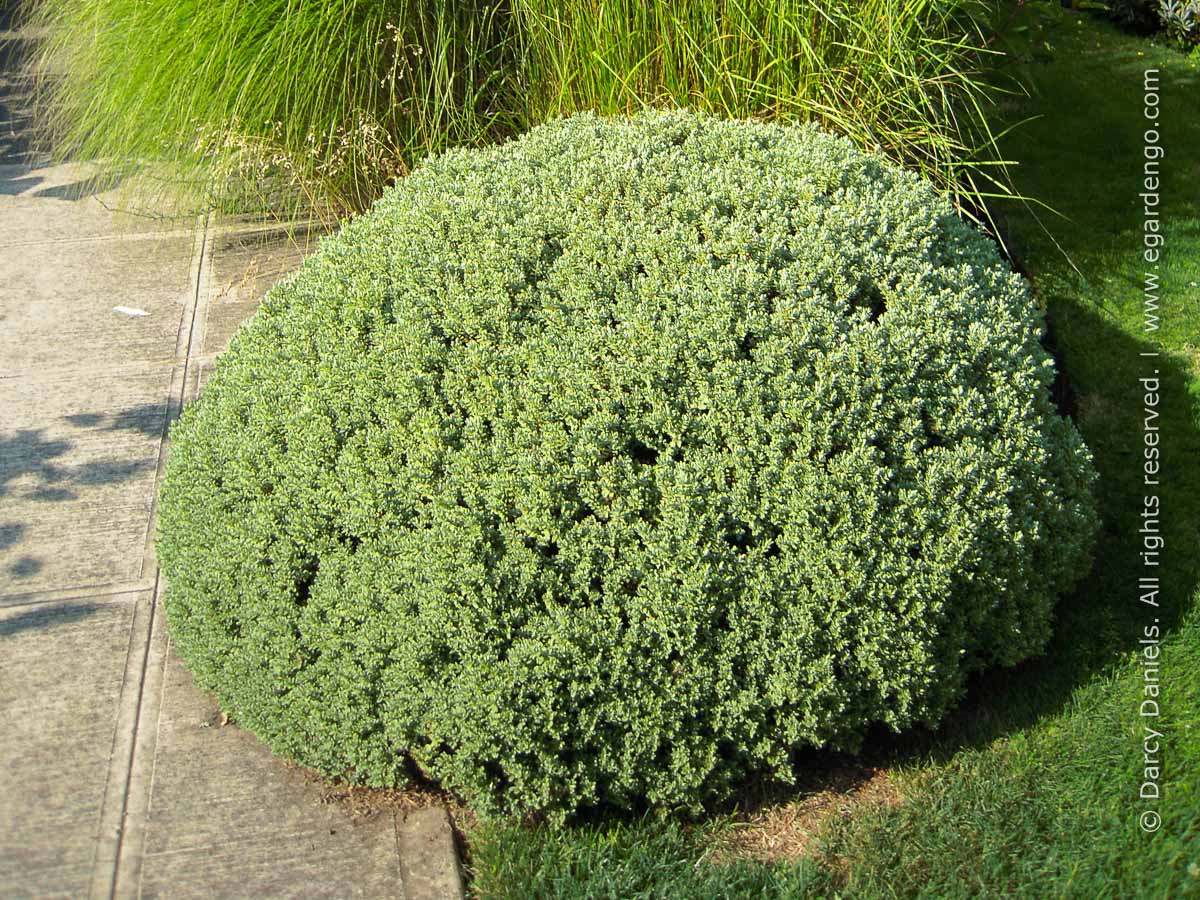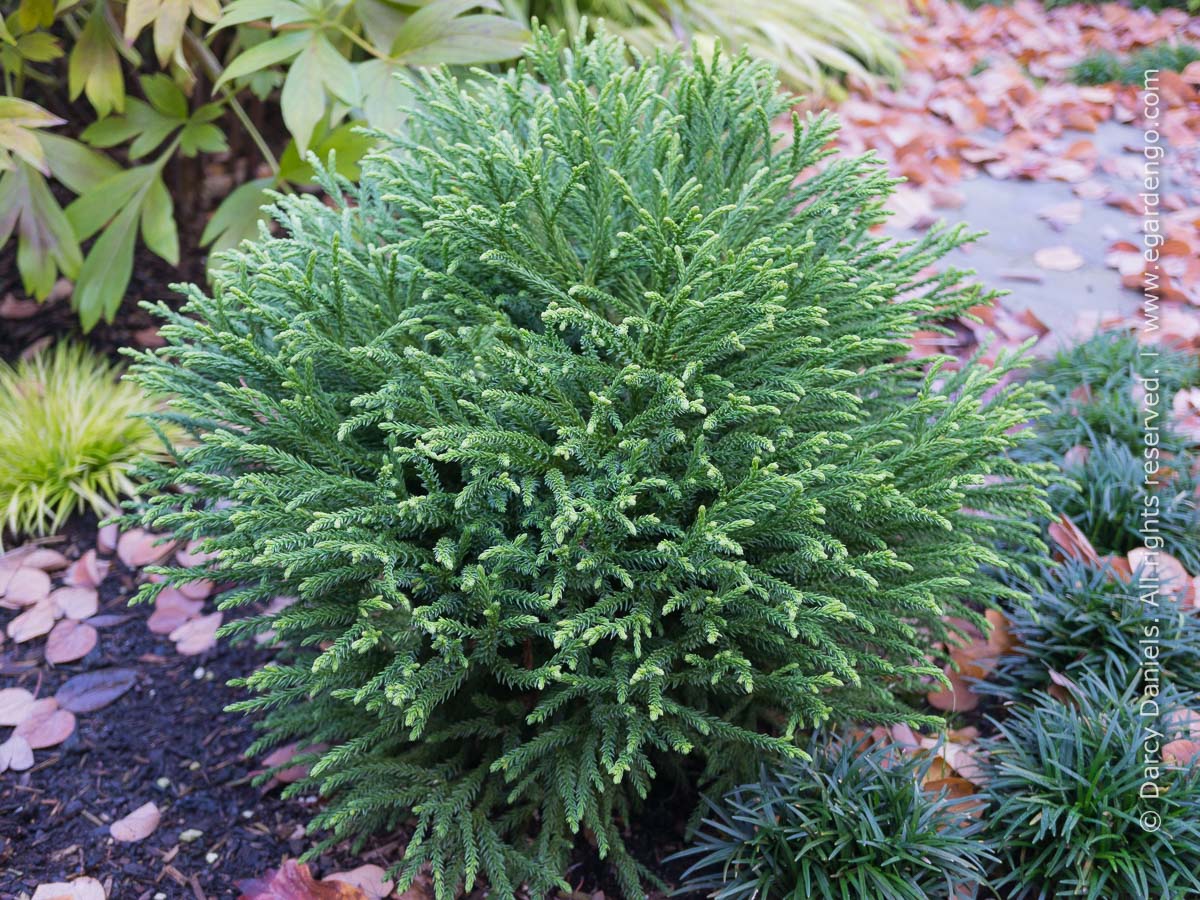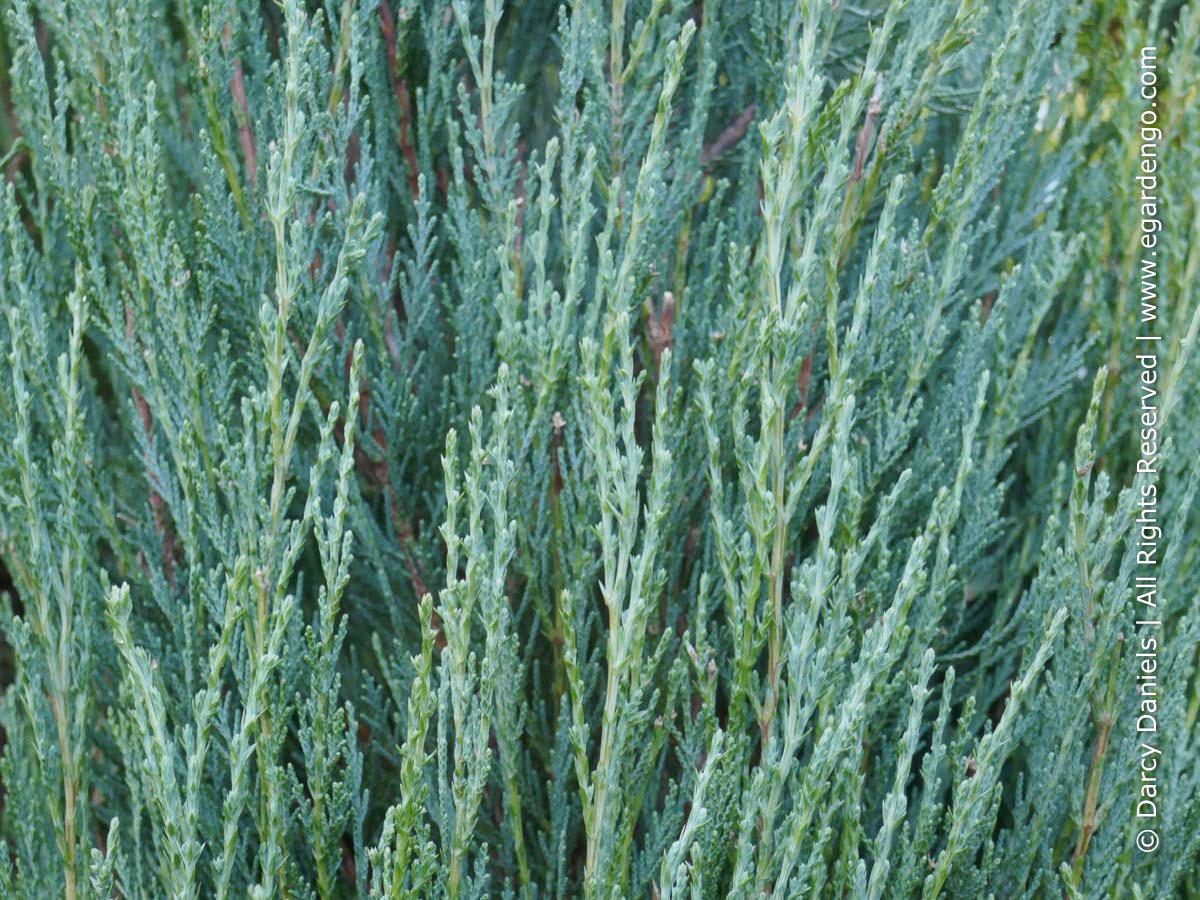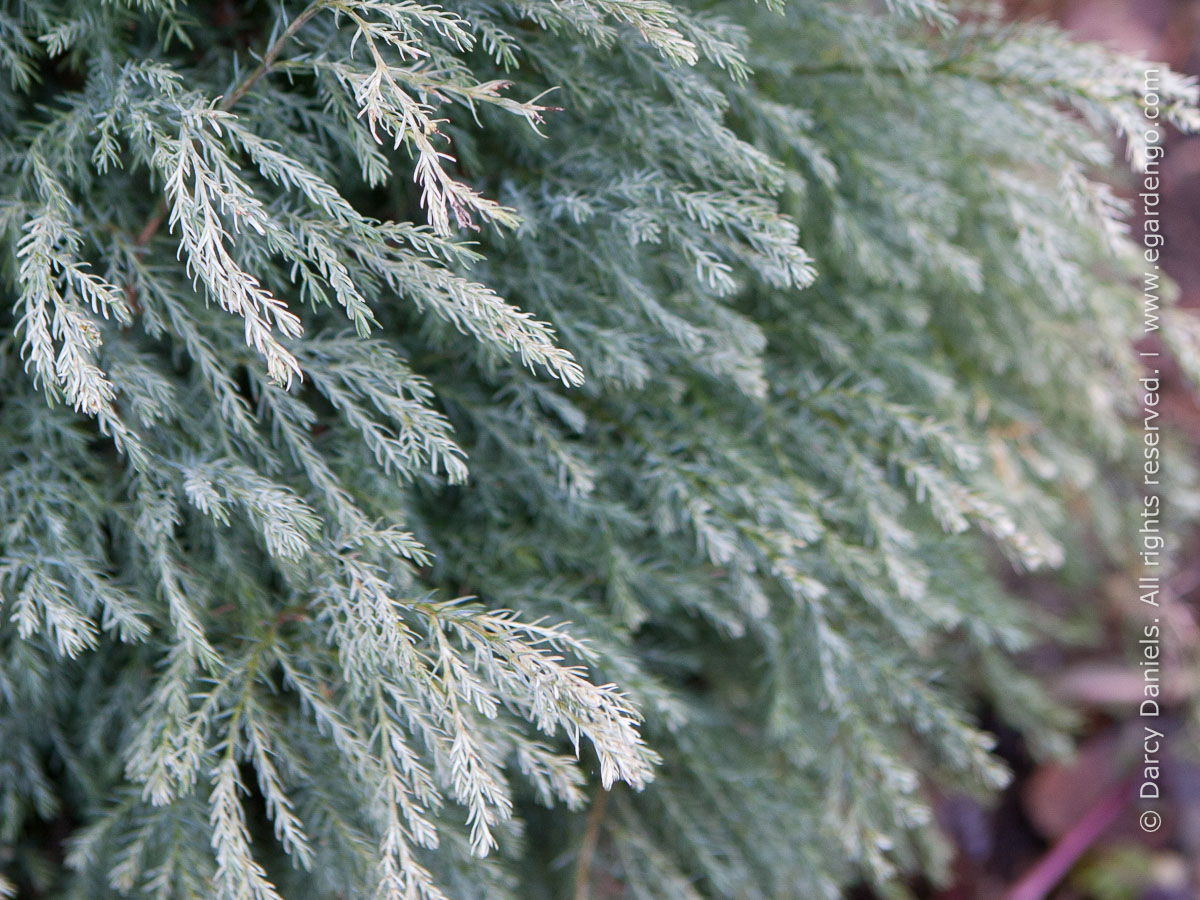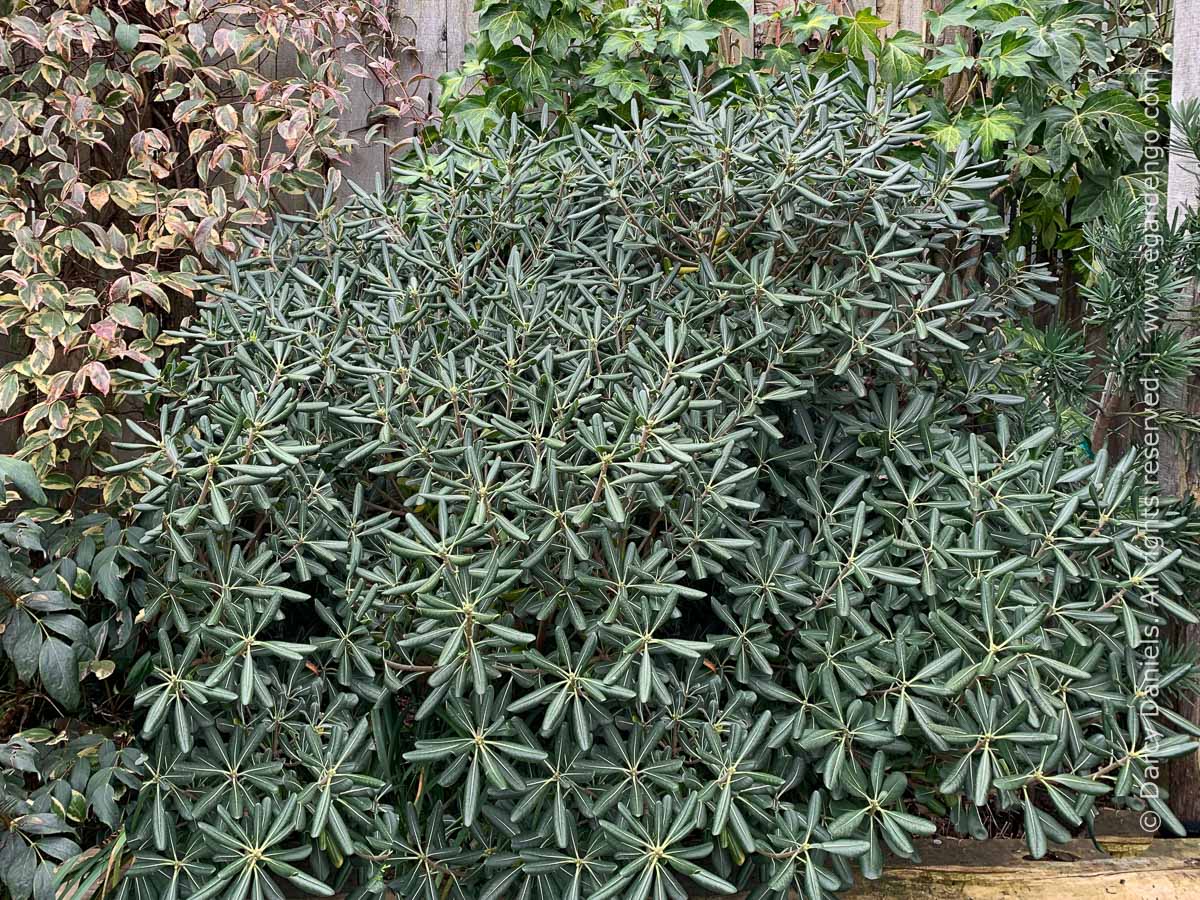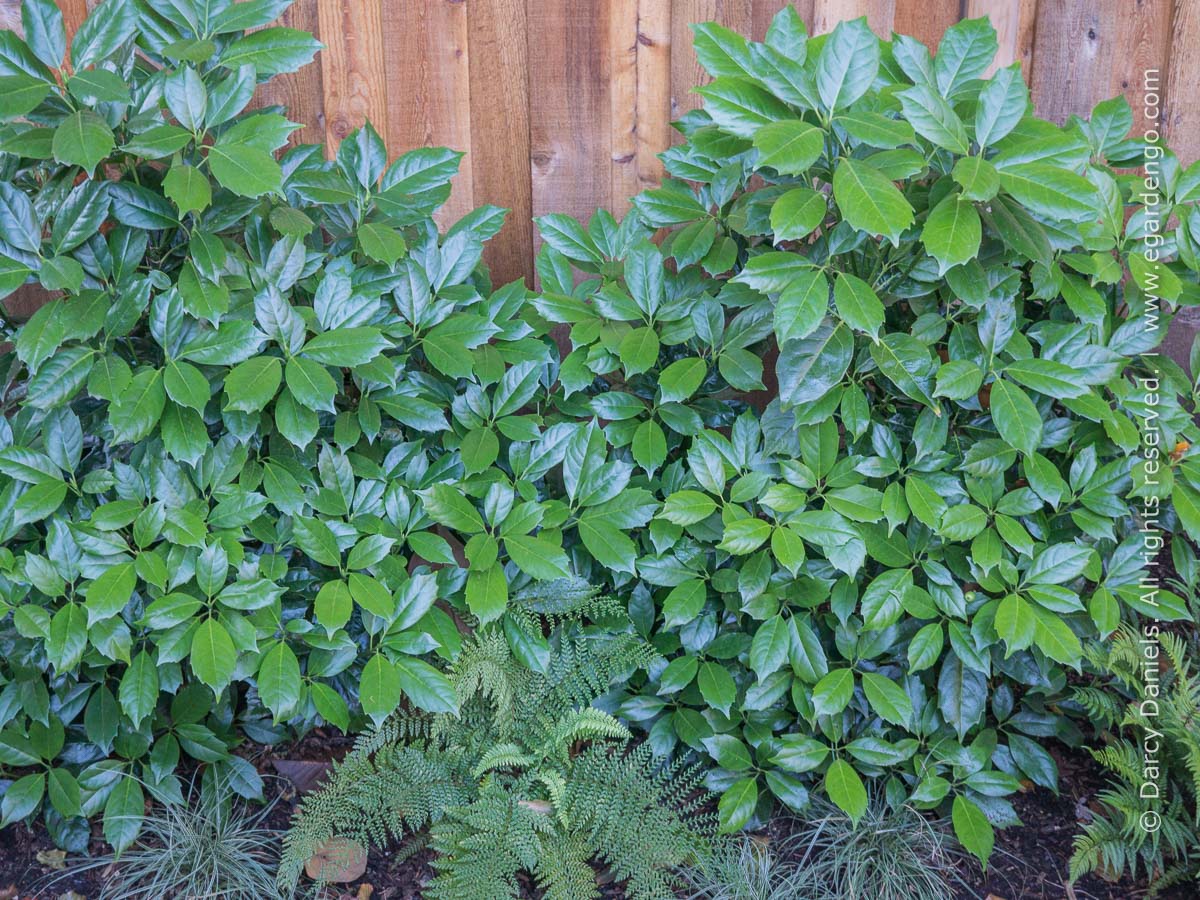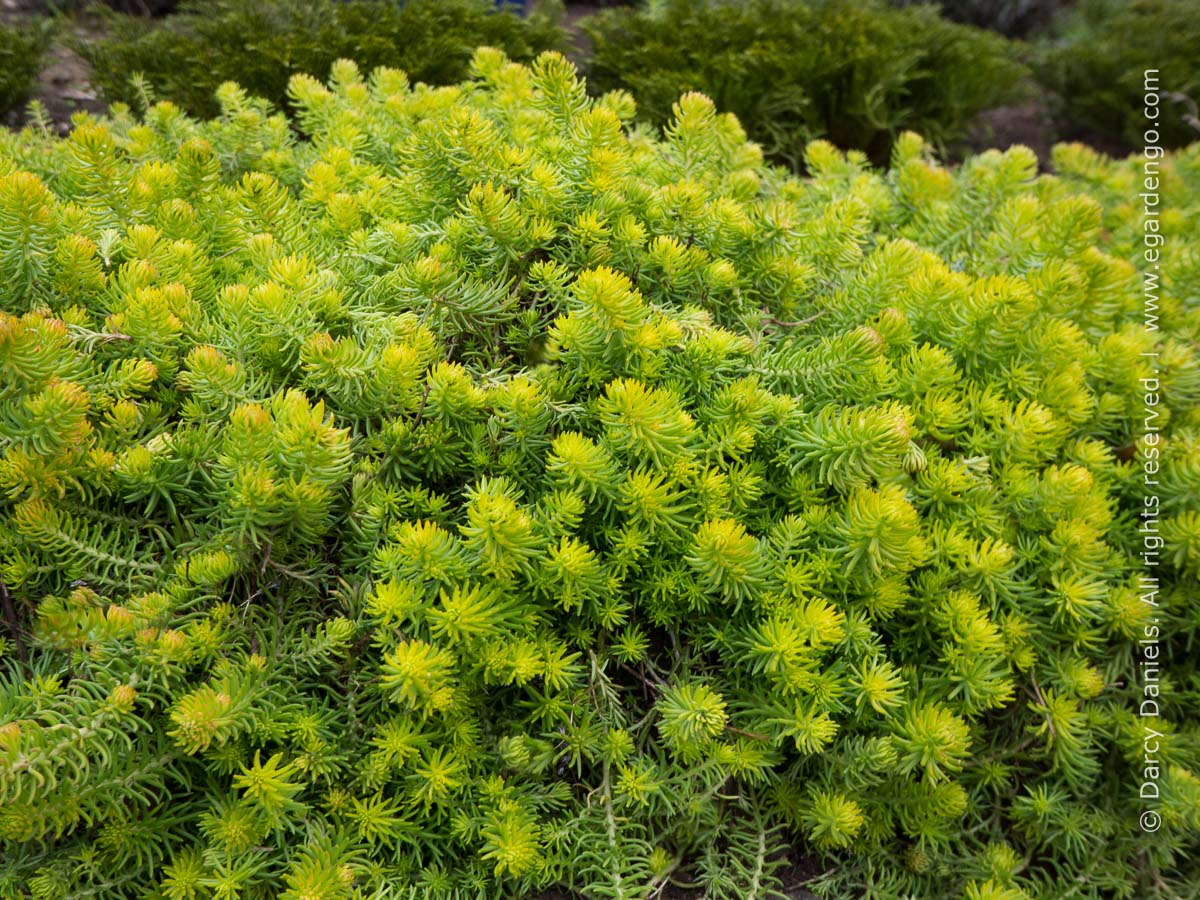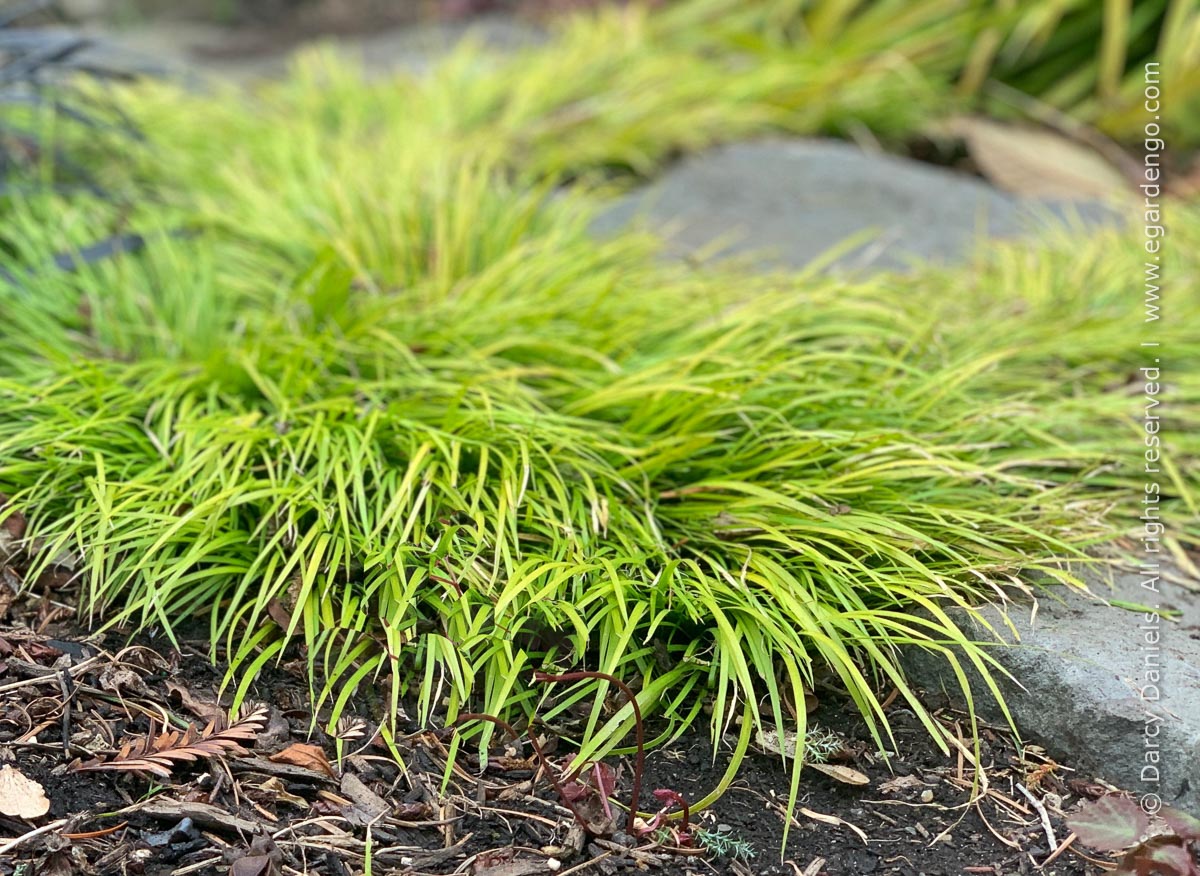In a previous post we talked about planting design as an iterative process.
At first there are often many possible plants that may work for a given plant combo, then each successive plant selected narrows the field of potential
partners. The trick is to start somewhere. Anywhere. Choose your first plant, your second choice will be limited by the first, the third limited by
the second and the first, and so on. The result is an increasingly narrow scope as you build out your composition.
In the conceptual sketch above, the emphasis has been to develop a pleasing composition of plants that relies on a variety of shapes, textures and a cohesive color theme. You may come up with several, possibly many, plants that each shape could represent. An essential, narrowing consideration is understanding the growing conditions where your combo is going to be planted and making sure that your options are adjusted accordingly.
Choose one plant to start, making certain that it is a cultural match to your site conditions. For example, in full sun, the strongly upright columnar shrub could be interpreted as Juniperus 'Blue Arrow', Cupressus sempervirens 'Tiny Towers', or Cupressus sempervirens 'Totem' to name a few. In shadier situation, Chamaecyparis 'Barry's Silver' would deliver the blue tones. If we relax the color scheme requirement we could interpret it as Cephalotaxus harringtonia 'Fastigiata' or Taxus 'Bean Pole'. Further, if we open the door to a deciduous player then Rhamnus 'Fine Line' would fill the bill.
To illustrate how this might play out, two plant combo scenarios are laid out below which represent two palettes of plants that have been selected for different growing conditions. Keen plants people will notice that I'm being somewhat flexible in my interpretation of the plant forms. For instance, Taxus 'Bean Pole' would read quite green, very narrow and strictly upright while Chamaecyparis 'Barry's Silver' is softer and a bit fatter with a loosely upright growth but more closely represents the blue foliage tones suggested in the sketch. For purposes of illustration, squint your eyes a bit and bear with me!
Combo Version A will take full hot sun location and has low to moderate water needs once established. It is hardy to Zone 8; colder climates could sub the Eucomis with a more cold tolerant plant that also strappy, upright, burgundy foliage.
Combo Version B prefers morning sun, protection from the hot afternoon sun, and regular moisture. It is hardy to Zone 8; and again, colder climates could sub the Astelia 'Westland' with a more cold tolerant plant that also has strappy, upright foliage — Yucca filamentosa 'Color Guard', for example.
See the photos at the bottom of this post for a side by side comparison of the plants used in each combination.
Combo Version A
- Allium 'Purple Sensation' (ornamental onion)
— Purple sphere-shaped blooms bob about in spring, dried seed heads remain attractive for months
- Eucomis 'Sparkling Burgundy' (pineapple lily)
— Bold, strappy burgundy foliage, summer time blooms
- Hebe pinguifolia 'Sutherlandii' (Sutherland hebe)
— Finely textured, evergreen blue bun
- Juniperus 'Blue Arrow' (juniper) — Strongly upright, finely textured, evergreen blue foliage
- Pittosporum tobira 'Tall and Tough' (Japanese mock orange)—
Leathery dark green, evergreen foliage, fragrant blooms in spring
- Sedum 'Angelina' (stonecrop) — Carpet of finely
textured, evergreen yellow foliage
Combo Version B
- Acorus gramineus 'Minimus Aureus' (dwarf Japanese sweet flag) — Carpet of finely textured, evergreen, yellow foliage that tolerates shade and moisture.
- Astelia 'Red Devil' (red mountain Astelia) — Strappy, reddish-bronze evergreen foliage performs well in sun or part sun.
- Aucuba japonica 'Rozannie' (Japanese Aucuba) — Tough and reliable shrub with glossy, deep green foliage
- Chamaecyparis 'Barry's Silver' (Lawson's cypress) — Shade tolerant conifer has an upright growth habit and finely textured, blueish-white, feathery foliage
- Cryptomeria japonica 'Little Diamond' (dwarf Japanese cedar) — Compact, slow-growing evergreen bun
- Primula vialii (orchid primrose) — Distinctive blooms hover atop erect stems
These are just two possible plant selection scenarios that use the foliage sketch above as a guide and inspiration. What possibilities do you see? Give it whirl, and let me know what YOU come up with!
Need more ideas and direction to help you get started? Browse our growing number of plant combo recipes for inspiration.

